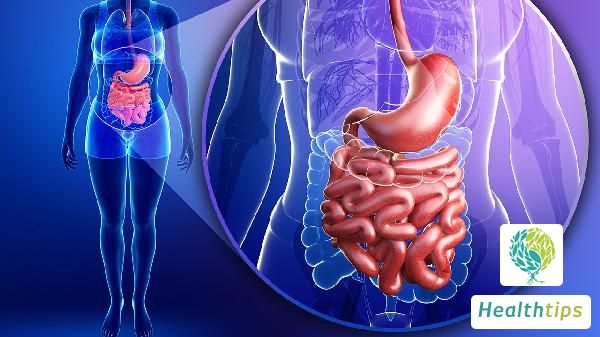What Causes Left Back Pain?
Back pain is a common phenomenon with numerous causes. The occurrence of left-sided back pain should alert individuals to possible heart problems. Angina pectoris, for instance, can easily lead to radiating pain in the left side of the back, necessitating prompt electrocardiogram (ECG) and echocardiogram tests. Additionally, lung diseases such as pneumonia and lung tumors can also contribute to left-sided back pain, requiring lung CT scans for diagnosis. Let's explore the various causes of left-sided back pain.

Causes of Left-Sided Back Pain
1. Heart Diseases: Myocardial infarction or angina pectoris in the heart can cause radiating pain in the left side of the back. Relevant echocardiogram, ECG, cardiac catheterization, and blood tests are required for diagnosis and treatment.
2. Intercostal Neuralgia: Patients with intercostal neuralgia may experience pain on one side of the back, often localized to the path of the intercostal nerves. Physical examination is necessary to rule out other diseases.
3. Herpes Zoster: In the early stages, herpes zoster can cause pain on one side of the back, followed by the appearance of clustered herpes lesions after the incubation period.
4. Rib Diseases: Tumors or metastatic tumors in the ribs can lead to pain in the back on one side. Relevant CT and ECT scans are required for diagnosis.
5. Lung Diseases: Inflammation or tumors in the lungs can also cause pain on one side of the back. Lung CT scans are necessary for diagnosis.
Treatment of Back Pain
Cervical spondylosis and scapulohumeral periarthritis are common and frequently occurring conditions. Many patients experience recurrent episodes of these diseases, which can be severe and impact their quality of life. Neck and shoulder exercises, based on the causes and pathogenesis of cervical spondylosis and scapulohumeral periarthritis, are designed to enhance neck and shoulder movement, relieve local meridians, promote blood circulation, and alleviate local pain. These exercises are easy to learn and practice, convenient and time-saving, and effective. After learning the neck and shoulder exercises, patients do not need hospitalization. By incorporating them into daily routines, such as during breaks from work or while watching television, they can be practiced regularly without the need for traction, medication, or physical therapy, minimizing the impact on work and daily life.
Such conditions are often caused by common factors such as cervical spondylosis. Typically, imaging tests are performed to assess the specific situation and determine the appropriate treatment, which may include topical medications, anti-inflammatory analgesics, and other physical therapy methods like acupuncture and massage.



















